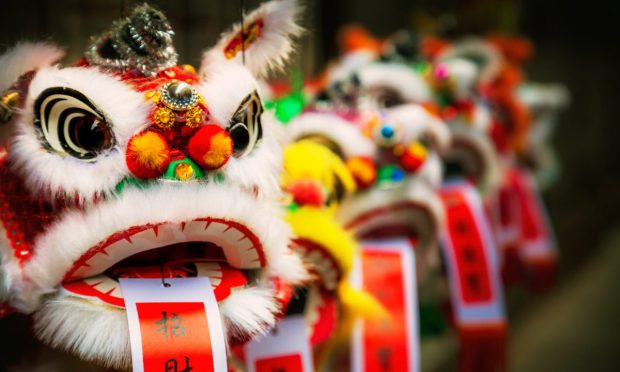High COVID-19 Alert in China Ahead of Lunar New Year

Several Chinese cities cranked up their COVID-19 alert levels to high ahead of the Lunar New Year on Feb. 1, with the travel season related to the annual holiday beginning to ramp up and the omicron variant of the coronavirus continuing its spread across the nation and around the world, Reuters reported on Monday (Jan. 17).
Hundreds of million of people travel around China ahead of the annual Lunar New Year, a practice that means the highly contagious strain could spread even faster and wider in the next couple of weeks, then be brought back to the home country of those who travel to China to celebrate the calendar’s turn.
City officials in Luoyang in central China and Jieyang in the south are among those that on Sunday (Jan. 16) said Lunar New Year travelers must report their trips to communities, employers or hotels three days ahead of their scheduled arrivals, according to the report.
Southwestern China city of Yulin said Saturday (Jan. 15) that those who want to enter the community should fill out an online form with their health credentials and trip details one day before their arrivals.
Capital city Beijing and southern technology hub Shenzhen each detected one domestically transmitted omicron case this weekend. Imported goods could be to blame for the Beijing case, said Pang Xinghuo, an official at the city’s disease control authority.
China has a vaccination rate of 86.6%. The nation is slated to host the Winter Olympics in Beijing and the nearby Hebei province starting Feb. 4, adding to the travel worries across the country.
Related: Consumers Still Have ‘Appetite to Spend’ as Omicron Dip Seen as Temporary
The omicron variant of COVID-19 is also surging across the U.S., but combined with weaker-than-expected December 2021 retail sales, hasn’t been enough to shake the confidence of TD Bank Head of Retail Card Services Mike Rittler, who cites Americans’ “appetite to spend” as his reason for optimism.
He told PYMNTS on Monday (Jan. 17) that the U.S. will “get over the hump” and get case counts back down, and foot traffic will rebound, helping shopping and buying to bounce back before too much longer.
